Why Were Small-Lipped Beauties Popular in the Han Dynasty?

In many period dramas inspired by Han Dynasty aesthetics, it’s common to see female characters portrayed with delicate, small lips. For example, in the upcoming drama The Prisoner Of Beauty, actress Song Zuer’s look sparked online buzz, with fans exclaiming that her small lips are a perfect match for a Han Dynasty clothing. But is this really rooted in historical tradition?
Ⅰ. The Han Dynasty’s Fascination with Small Lips
Historical records and artworks suggest that small lips were indeed considered beautiful during the Han Dynasty. Even if a woman didn’t naturally have small lips, she would often apply makeup to create the illusion of them. The process involved first covering the natural lip color with a layer of white powder, then using rouge or lip pigment to paint a smaller, rounded shape over it.
The result could resemble a cherry or even a tiny bead, often smaller than the woman’s natural lips—an effect known as “dot-lip” (点唇), or “lip dotting.” This technique gave rise to the poetic phrase “cherry-like lips” (樱桃小嘴 in Chinese, means the lip as small as cherry) . That said, this wasn’t the only style in use at the time—full-lip looks were also worn occasionally.
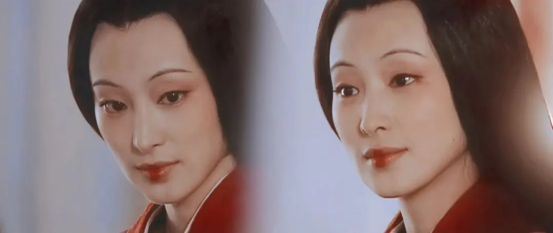
This overall small lip shape creates a sense of depth in makeup, making otherwise simple looks more memorable while reflecting the gentle temperament of Han Dynasty women. The strong coverage of white face powder allowed for free rein in reshaping lips.


From Han Dynasty figurines, we can summarize the main lip styles as follows:
① Natural shape, downsized: Simply a smaller version of the original lip outline.
② Trapezoidal contours: Narrower on the top and wider on the bottom (or vice versa), similar to the “dotting the lips” technique.
③ Thin linear tracing method: A single line drawn between the lips, flatter than the natural shape.


Ⅱ. Other Beauty Ideals in the Han Dynasty
In Han Dynasty aesthetics, beauty was defined by clear standards: fair skin, rosy cheeks, dark defined eyebrows, and small, delicate lips. These ideals were deeply rooted in cultural values and recorded in classical texts. For example, the Han-era scholar Liu Xi wrote in Shiming that women used “dan” (丹)—a type of red pigment—to color their lips:
“Lip rouge is made with dan, to imitate the natural redness of the lips.”
Dan referred to cinnabar, a bright red mineral. However, cinnabar on its own lacked adhesion and would easily dissolve when exposed to saliva. To make it usable as lip pigment, it was mixed with animal fat, creating a balm-like rouge that could be applied to the lips and retain its vibrant color.
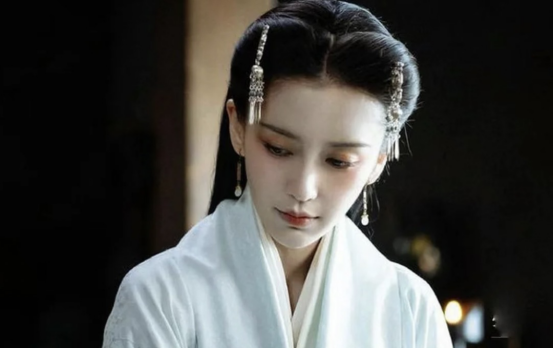
These lip colors were stored in small cosmetic boxes specifically for lip rouge. Remarkably, such boxes have been unearthed in Western Han tombs in places like Yangzhou (Jiangsu) and Changsha (Hunan). Even after more than two thousand years, some of the lip rouge remains strikingly vivid in color.
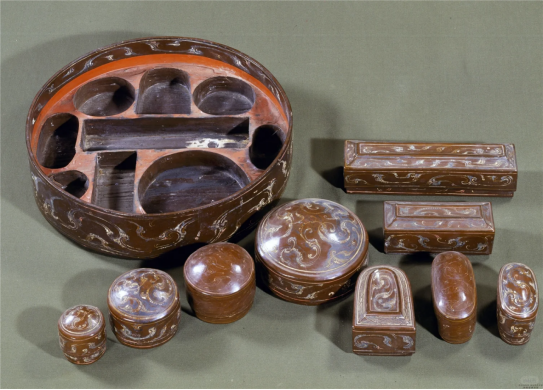

The overall makeup style of the Han period is often described as red makeup, a look characterized by the prominent use of blush and lip color. One notable aesthetic trend from that time was known as the “lazy beauty” look—defined by elongated brows, downcast eyes, and small lips.
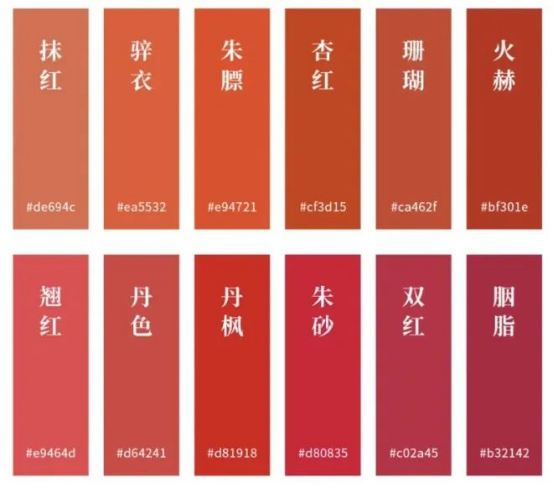
Ⅲ. What Were the “Lipstick Shades” of the Han Dynasty?
When we talk about ancient Chinese makeup, especially during the Han Dynasty, one might assume that red lips simply meant a single shade of cinnabar red. But historical records and poetic descriptions suggest a more nuanced palette. Just like today’s lipstick shades.
Later generations even summarized these aesthetic preferences in verses like:
“With soft green brows like ink, her lips were tinged with pale red.”
This poetic reference to “tan kou” (檀口), or “sandalwood lips,” describes a subtle, light reddish tint—similar to a soft rose or blush pink. It suggests that not all ancient lip colors were bold; some were deliberately understated to reflect grace and elegance.
Here are a few classic “lip colors” referenced in Han and later Chinese literature:
- Tan Kou (檀口) – Sandalwood Lips:

A pale red hue, gentle and refined. Ideal for women with a delicate or scholarly aura.
- Zhu Chun (朱唇) – Vermilion Lips:

A vivid, fiery red. Often described in romantic or flirtatious contexts. This color worked especially well with fair skin tones, creating a striking contrast.
- Jiang Chun (绛唇) – Crimson Lips:

A deeper, more dramatic red, typically reserved for formal occasions or ceremonial makeup. It conveyed elegance and status.
These historical “lipstick shades” weren’t just cosmetic choices—they were statements of personality, status, and aesthetic values. Even without today’s beauty brands, Han women had their own nuanced approach to color coordination and expression.
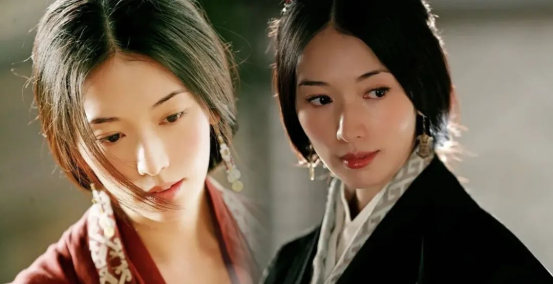
Ⅳ. The Han Dynasty’s Beauty Essential: A Blossoming Plant from the West
After Zhang Qian’s historic diplomatic mission to the Western Regions during the Western Han Dynasty, he brought back a plant with red flowers and bluish leaves—yanshi (燕支).
At the time, there were two main ways to use yanshi powder as a blush or facial tint:
- “Cotton Yanshi” (绵燕支): The pigment was soaked in liquid and dabbed onto the skin using cotton or silk.
- “Golden Flower Yanshi” (金花燕支): The dye was dried and pressed into tiny floral shapes. These decorative flakes would be moistened before use.
With yanshi powder, Han women created timeless Chinese apparel makeup styles like the “wine-blush look”, the “peach blossom glow”, and the ethereal “rosy clouds flush”.
Because the powder itself was quite dry and flaky, formulas were gradually improved. By the Southern and Northern Dynasties, ingredients like ox marrow and macaque fat or glandular were added to create a creamy texture—what we would now recognize as early versions of rouge balm or lip-cheek tints, known historically as yan zhi (燕脂) or ouge (胭脂).
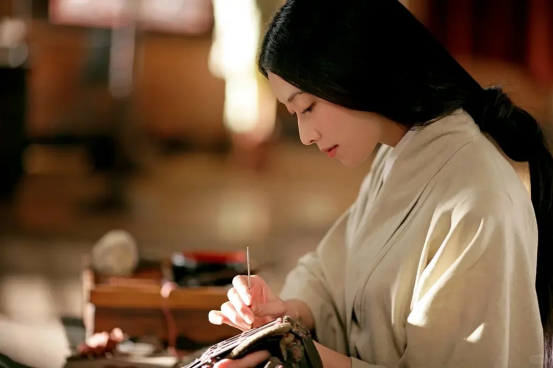
The aesthetics of Han makeup were also shaped by contemporary philosophy and policy. During the Western Han, under a “rest and recover” policy that followed years of war, the prevailing ideology of Huang-Lao (a Taoist-influenced school) encouraged simplicity and efficiency. This translated into beauty ideals that favored natural, understated elegance. It wasn’t until the Eastern Han that more ornate and decorative styles gained popularity in their makeup and Chinese hanfu.

Summary
In today’s beauty trends, small lips and softly layered red tones help balance out natural lip shapes, creating a refined, delicate look that reflects traditional Chinese aesthetics. While many think these lip-contouring techniques are modern inventions, ancient Chinese women were already using them centuries ago.
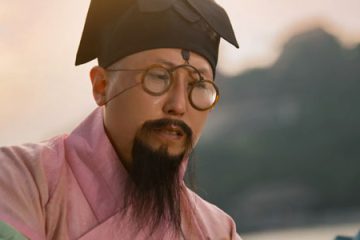
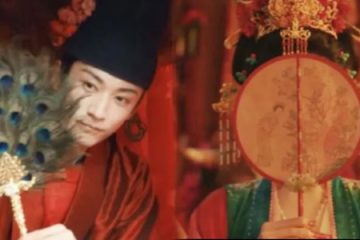
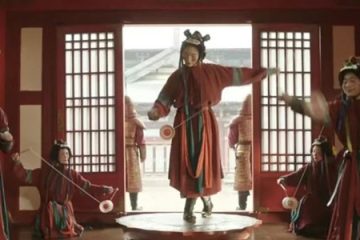
0 Comments